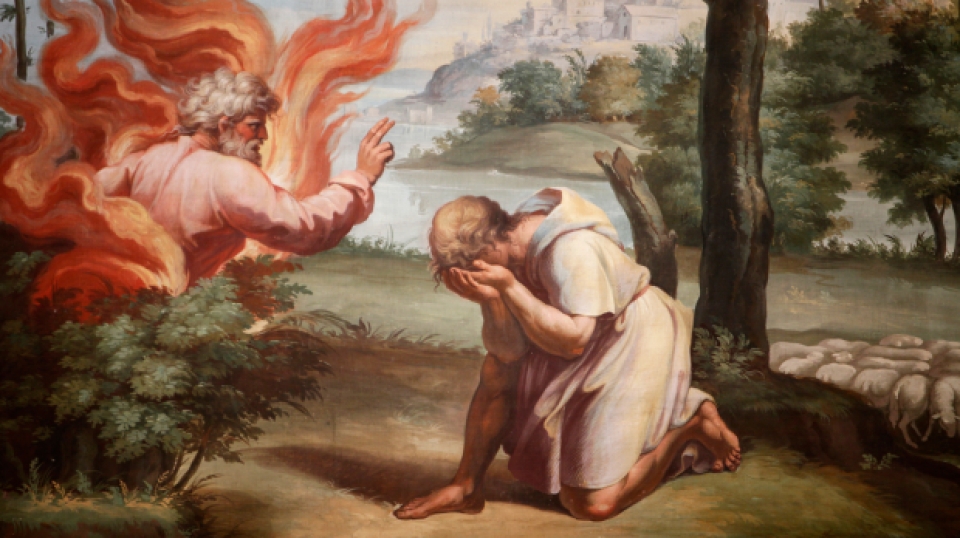A rarely seen trick of the light has some speculating that Mount Karkom is the true site of Mount Sinai.
An unusual phenomenon, first observed in 2003, is drawing attention as a possible explanation for the biblical burning bush, the means by which God communicated with Moses in Exodus 3. The spectacle involves fiery light emanating from the rocks that can only be seen at just the right angle, at just the right time, and on just the right day of the year.
The location of the biblical Mount Sinai has been a subject of debate among experts for generations. While there are several locations that bear resemblance to the scriptural setting, one of the top contenders is Mount Karkom, in the southwest Negev desert. It was there that an Israeli guide witnessed the phenomenon in 2003.
Sunlight relflection
The New York Times reports that the guide visited the site around the winter solstice. With the sun hanging low in the sky, its light began to reflect off the mountainsides. The NYT describes what the guide saw:
At midday, with the sun low in the sky on one of the shortest days of the year, he peered across a deep ravine and spotted a strange aura of light, flickering like flames, emanating from a spot on a sheer rock face.
Israeli media quickly began to associate this mystical fiery light with the burning bush of Exodus. It was suggested that this phenomenon could have inspired the biblical narrative, or perhaps even that Moses saw a similar light, only reflected onto a bush.
This year, military officials opened the road to visitors on December 21, a rare occurrence for a site closed on all but weekends and holidays. They allowed a group of tourists, pilgrims and adventure seekers to go and see if they could spot the phenomenon. While there was faint light, many said they were disappointed it was not clearer.
Mount Karkom
It is unclear if this fiery light was the impetus for the Exodus narrative, or if Moses’s eyes were drawn to a glowing shrubbery. Professor Israel Finkelstein, who has written tomes on the topic, notes that sites around Karkom date to around the third millennium BC, while Exodus is generally agreed to have taken place in the mid-second millennium BC. Erring on the side of caution, he suggests “it is perhaps safer not to speculate.”
While the aura of light that can be seen is a thrilling phenomenon, it is hardly strong evidence to support the location of Mount Sinai. There are, however, other factors that suggest Karkom could be legitimate. Ancient rock drawings that date to around the events of Exodus have been discovered in the area, some resembling the tablets of the Ten Commandments.
Further, the mountain lies right in the path which the Israelites would have taken from Egypt to Petra, in Exodus. Mount Karkom also hosts a site in which archaeologists have identified a sacrificial altar surrounded by the remains of twelve pillars. Some suggest the stone pillars could correspond with Exodus 24, when Moses erected a dozen pillars to represent the tribes of Israel.
